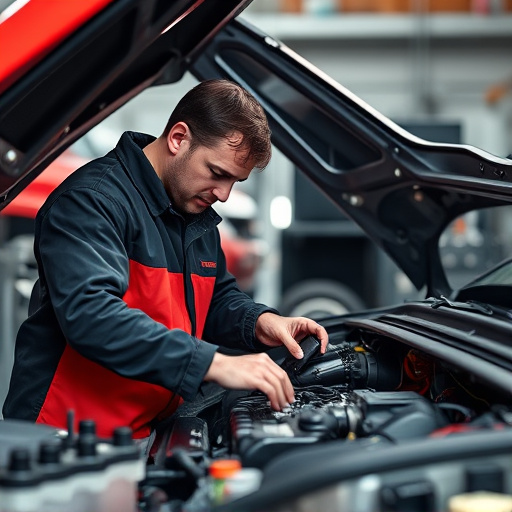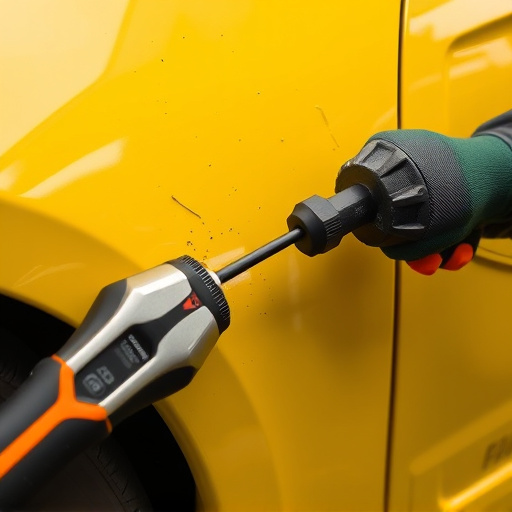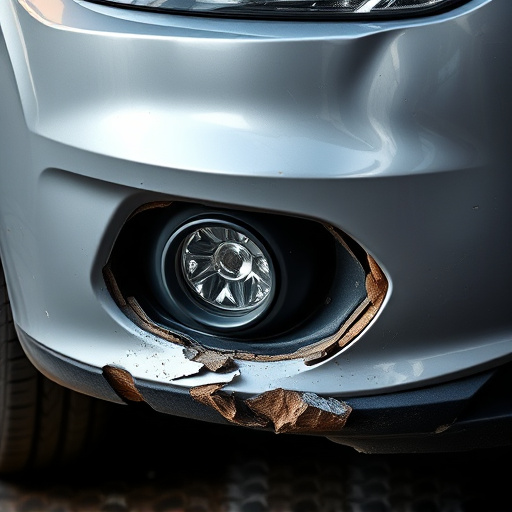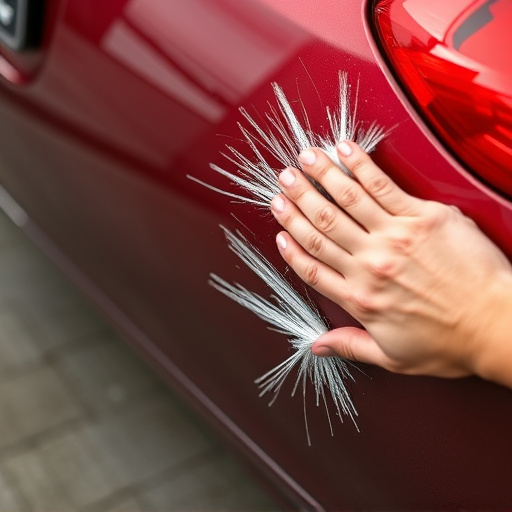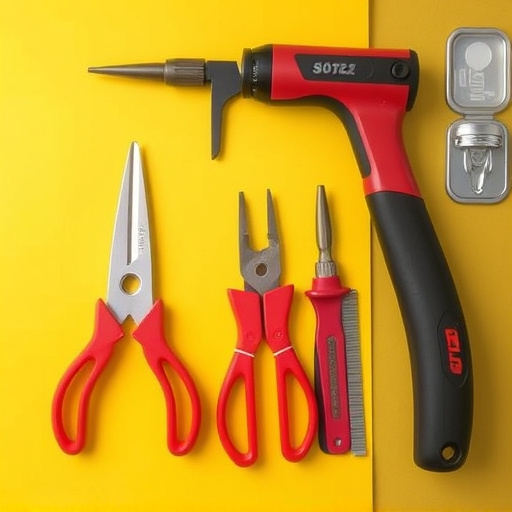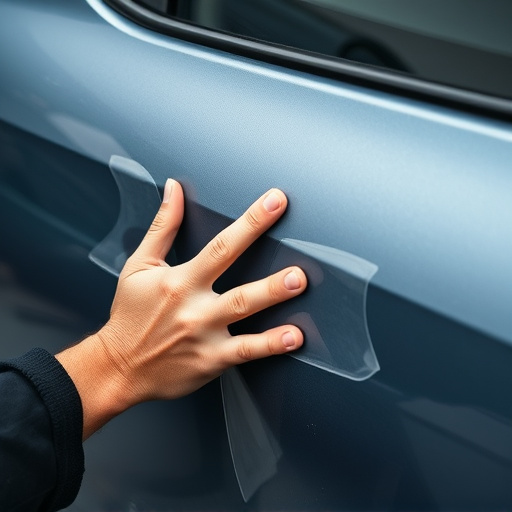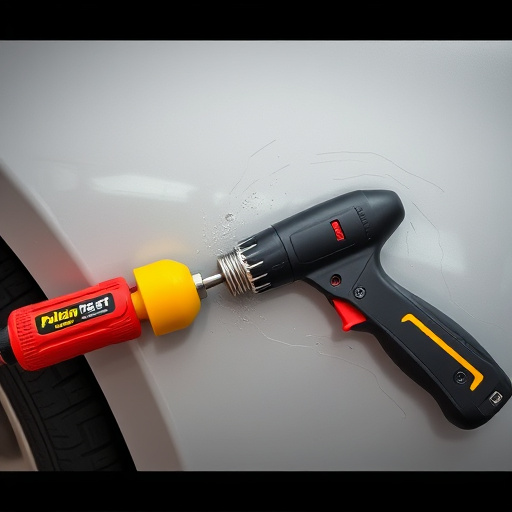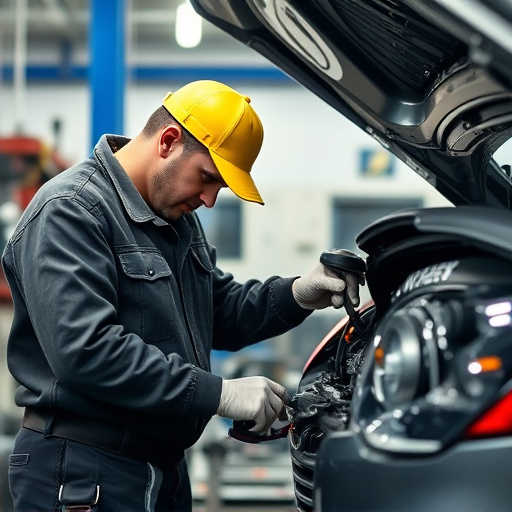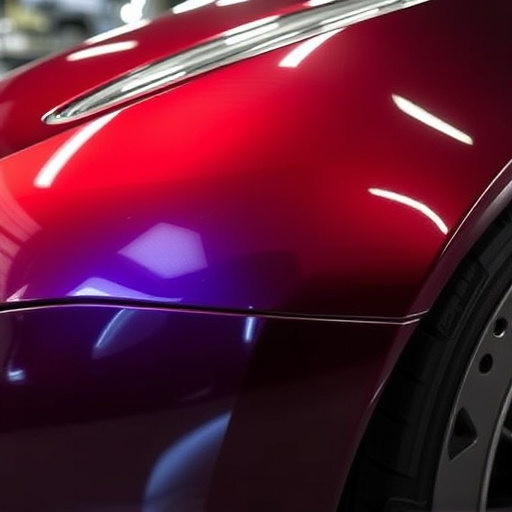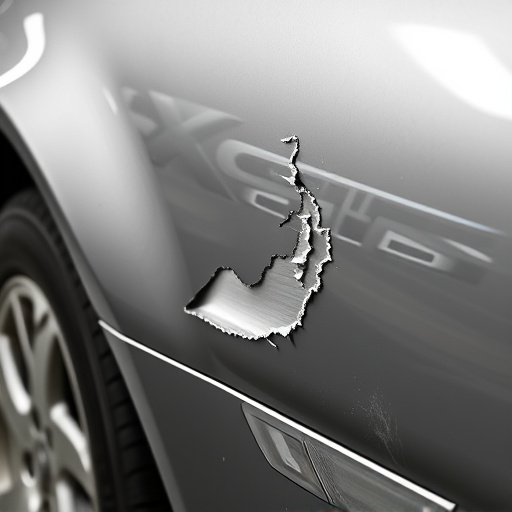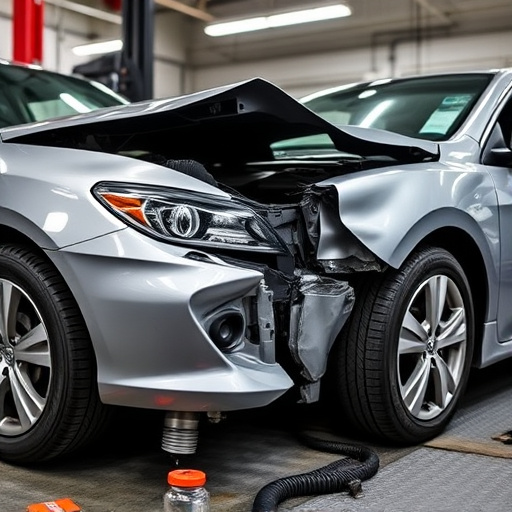After an accident, thoroughly inspect a Tesla home charger for physical and electrical damage. Check cables, wires, connectors, and housing for cracks, dents, or signs of short-circuiting. Consult a specialized mechanic or Tesla service for safety verification before reconnecting. Regular software updates and inspections identify potential issues; prompt maintenance prevents costly repairs.
After a car accident, your Tesla home charger should be thoroughly inspected. Here’s what you need to check: first, assess any physical damage to the charger components. Next, verify the integrity of electrical connections and wiring. Finally, check for software updates and malfunction indicators to ensure safe and efficient charging post-accident. These steps are crucial in maintaining your Tesla home charger’s optimal performance following an accident.
- Inspect Physical Damage to Charger Components
- Verify Electrical Connections and Wiring Integrity
- Check for Software Updates and Malfunction Indicators
Inspect Physical Damage to Charger Components

After a Tesla home charger has been involved in an accident, it’s crucial to thoroughly inspect its physical components for any signs of damage. The charger’s housing, cables, and connectors are vital parts that must be checked closely. Look for cracks, dents, or any deformities that could indicate structural integrity issues. In the event of severe impact, internal wiring may also be affected, so it’s essential to assess if there are exposed wires or signs of short-circuiting.
Remember that a vehicle collision repair service’s expertise can be invaluable in such situations. They have the tools and knowledge to safely disassemble and inspect the charger, ensuring that any damage is accurately identified and properly addressed. This meticulous process is critical to maintaining the safety and functionality of your Tesla home charging system post-accident.
Verify Electrical Connections and Wiring Integrity
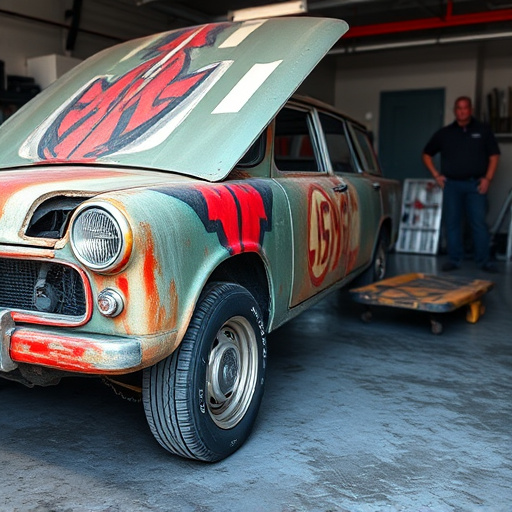
After a Tesla home charger is involved in an accident, it’s crucial to assess its electrical systems thoroughly before reconnecting it to your vehicle. Begin by inspecting all cables and wiring for any signs of damage, including frayed or exposed wires. Even subtle dents or kinks could compromise the integrity of the circuit, potentially leading to faulty operation or worse – electrical hazards.
When checking Tesla home charger after an accident, verify that all connectors are secure and in good condition. Look for any loose or damaged parts, as these could be indicators of more significant internal issues. It might be necessary to consult a professional mechanic or Tesla service center, especially if the charger is from a third-party manufacturer, to ensure proper functioning and safety before reconnecting it to your Mercedes Benz or other electric vehicle.
Check for Software Updates and Malfunction Indicators

After a Tesla home charger has been involved in an accident, one of the first steps to take is to check for any software updates or malfunction indicators. Tesla regularly releases over-the-air (OTA) updates that can enhance performance, improve safety features, and fix bugs. It’s crucial to ensure your charger is up-to-date to maintain optimal functionality and security. Additionally, inspecting for signs of damage or odd behavior is essential; any unusual noise, power fluctuations, or visual imperfections could indicate a more severe issue.
Regular maintenance, especially after an accident, can prevent smaller problems from turning into larger, costlier ones. If you notice any issues, it might be wise to consult with a trusted automotive body shop or collision repair center specializing in Tesla vehicles. They can perform thorough diagnostics and, if necessary, facilitate the installation of replacement parts, ensuring your home charger is safe and reliable once again.
After an accident, thoroughly checking your Tesla home charger is essential to ensure safety and optimal performance. Inspecting the physical components, verifying electrical connections, and checking for software updates are crucial steps in maintaining a reliable charging system. By addressing any damage or issues early on, you can prevent further complications and keep your Tesla’s charging process secure and efficient. Regular maintenance, especially after an accident, is key to keeping your electric vehicle’s charging infrastructure in top shape.

